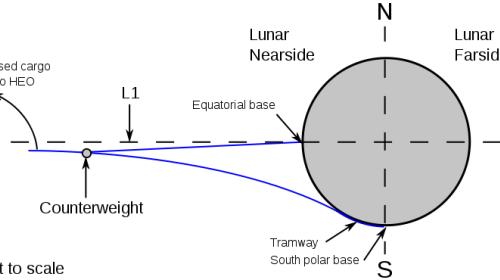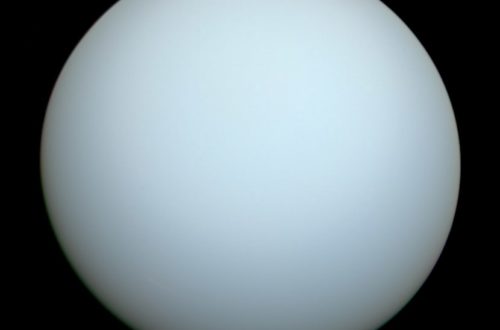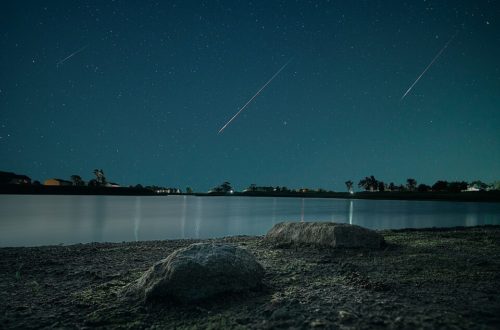Monthly Stargazing Calendar for December 2012
Looking for the December 2024 stargazing calendar?
On December 3 Jupiter was at Opposition. The giant planet was at its closest approach to Earth and its was fully illuminated by the Sun. Jupiter will still be very bright in the sky for the next few weeks. This is the best time to view and photograph Jupiter and its moons.
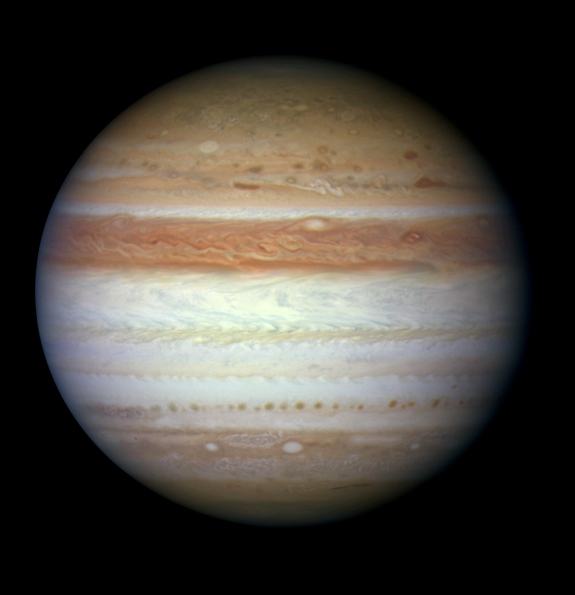
Would you like to be notified of stargazing events?
On the night of December 13 and 14 we will witness the peak of the Geminids meteor shower. The Geminids are known for producing up to 60 multicolored meteors per hour at their peak, which arguably makes them the best meteor shower to watch. Some meteors should be visible from December 6 to 19. The shower will appear to radiate from the constellation Gemini. This year we will have a dark moonless sky for what should be an awesome show.

And finally on December 21 we will have the December Solstice. It will occur at 11:12 UTC. This will be the first day of winter (winter solstice) in the northern hemisphere and the first day of summer (summer solstice) in the southern hemisphere.
Moon phases
As you know, the Moon has a big impact on the visibility of celestial bodies in the night sky. So here are the Moon’s phases for this month:
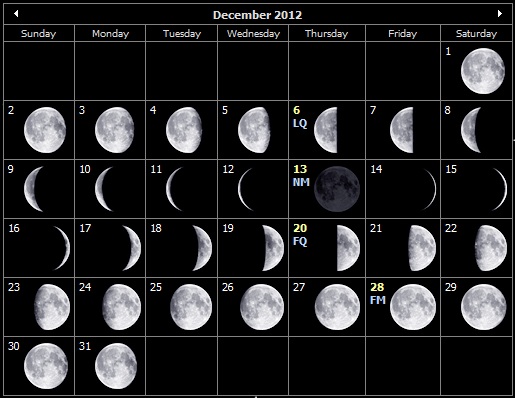
Positions of the planets this month
Mercury: The closest planet to the Sun can be seen at dawn and dusk in the constellation of Libra, not far from Venus. This planet, being the closest to the Sun, will appear to move quickly in the night sky and its position will change in the following weeks.
Venus: The sister planet can be seen in the constellation of Libra, between the planets Mercury and Saturn. Just like Mercury, Venus can only be seen at dawn and dusk.
Mars: The red planet can be seen in the constellation of Sagittarius.
Jupiter: The gas giant is visible in the constellation of Taurus. Jupiter can easily be spotted with the naked eye, even in highly illuminated cities.
Saturn: The ringed giant can be seen with the naked eye in the middle of the Virgo constellation.
Uranus: The gas giant can be seen between the constellations of Pisces and Cetus with the use of a telescope.
Neptune: The blue giant requires a telescope pointed in the constellation of Aquarius in order to be seen.
Major astronomical event next month
- January 3, 4 – Quadrantids Meteor Shower.
See also:
- Previous month’s calendar: Stargazing Calendar for November 2012
- Next month’s calendar: Stargazing Calendar for January 2013
Would you like to receive similar articles by email?



